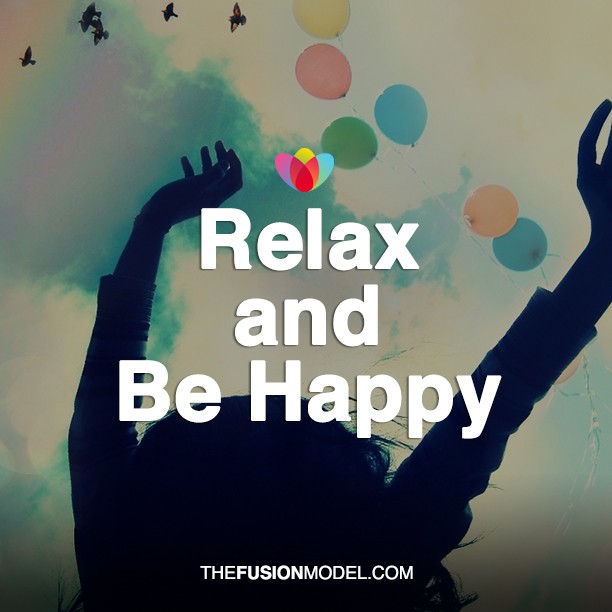The Mindfulness Based Mind Management programme took me a year to write.It brings together everything I have learned from over 30,000 hours of psychotherapy, coaching and meditative practice.
The programme includes a bespoke Power Point, 8 weeks of client hand outs totaling 25,000 words, lesson plans, homework diaries and reflective journals, promotional flyers and client outcome measures.
I also wrote a 17,000 word book of meditation and visualisation scripts for trainers.
Jenny Capaldi, a Fusion Therapeutic Coach and Master Trainer, has just completed the final week of running the course. As ever, getting feedback about how it went was very important to me.
She wrote:
‘Running it has been an amazing experience. I knew it would be a powerful course to run but I could not have anticipated the depth of impact it has had for participants and us as facilitators!
It has been a joy to watch as the attendees have had their light bulb moments over the course. By week three, one woman who had not done mindfulness before, said her life had been transformed through seeing things from a completely different perspective.
Dramatic sleep improvements happened for some who were having difficulties and others began to see how to take control of their thinking and noticed how mindfulness allowed them to feel less stressed in daily life situations.
For us as facilitators it has greatly increased our awareness as we have been very focused on our practice.
It has certainly been a privilege to run the course. It’s been transformational for everyone involved, including us!’
The light bulb moment
Like Jenny, I have often observed that dramatic shifts occur by week three; whether in my one to one coaching sessions or in group training. I am certain it’s the guided visualisations and therapeutic stories that really accelerate change. They communicate directly with the right brain hemisphere, bypassing the resistance of the left logical brain, allowing for those perception-shifting light- bulb moments to occur.
When running any meditative course, it’s essential to help attendees create their own internal space right at the beginning; a space that feels safe and comfortable, just in case any of the practices feel challenging at any time.
This Peaceful Place meditation also incorporates one of the seven pillars of mindfulness beginners mind.
I hope you find it helpful…
A peaceful place
Trainer introduction: Conjuring up a peaceful place you can travel to in your imagination is a wonderful way to take a break and retreat from the world for a while
The beauty of it is that you can go there whenever you need to. It’s the perfect place to go if you have a problem that needs a resolution because, inside all of us there an older, wiser self that knows the way forward. All we have to do is allow enough space and silence to hear what it has to say
You can also use your peaceful place if any of the meditations or mindfulness practices feel a little challenging at any time
Start by getting comfortable with eyes closed
Or soft focused
Allowing yourself to picture in your mind’s eye
A peaceful and pleasant place
Somewhere outdoors
Somewhere like a beach, a park or a wood
Or perhaps a beautiful garden, the top of a mountain
Or settled on a dry ledge behind a waterfall
Perhaps you would like to immerse yourself in the colours of a rainbow
Anything is possible in your amazingly creative imagination
Silence
And, in your imagination,
You might find yourself gently walking towards your peaceful place
Towards somewhere comfortable where you can sit
Or lie down and relax for a while
As you walk, notice what is around you
Are there clouds in the sky?
Or is the sky clear blue
Are there trees, flowers…perhaps water?
What do they look like?
Make the images bright and bold so you can really see them
Silence
What can you hear as you walk?
Perhaps the sound of your feet on sand or shingle
Perhaps muffled footsteps on grass or earth
Can you hear the birds in the air or the sounds of water?
Can you hear the sound of the breeze as it moves through the trees and rustles the leaves?
Silence
You might feel the air on your face
Is it warm and soothing or cool and refreshing?
Perhaps you are barefoot and can feel sand or grass or earth between your toes
If there is water nearby, perhaps allow it to gently run through your fingers
Caressing your hand
Refreshing the mind
Does this peaceful place have a fragrance?
Perhaps of flowers or aromatic herbs
Or perhaps you can catch the taste of water or salt in the air
Silence
And, as you arrive at your peaceful place
Notice somewhere you can sit or lie down
Somewhere comfortable where you can just be for a while
With nothing to do
Silence
Nowhere to go, no goals to meet
Just you and your breath
Breathing in, breathing out
Breathing in peace
Breathing in serenity
Breathing out stress
That’s right
And every time you breathe out
Simply allowing yourself to sink more deeply into this peaceful and calming place
Nothing to do, nowhere to go
Just you and your breath
Breathing in, breathing out
And while a part of you enjoys this peaceful place
Another part of you can listen to something about beginnings:
Silence
*The principle is simple… from one thing comes another
So it is that before there can be mastery, there must be errors
Before there can be knowledge, there must be ignorance
Before there can be understanding, there must be confusion
Before there can be wisdom, there must be foolishness
Therefore, the sage uses errors to attain mastery
Embraces ignorance to acquire knowledge
Cultivates confusion to reach understanding
Courts foolishness to find wisdom
For the sage, losing is seen as acquiring, emptying as filling
Confusion and foolishness are welcome
Ignorance and errors make an auspicious beginning
Silence
When you are ready to go, allow yourself to come back into the room, leaving your safe and peaceful place for now, but knowing that you can return there anytime you like
Open your eyes, but stay in a relaxed position taking a moment to reorient yourself. Continue to breathe calmly and rhythmically, taking a few moments to enjoy feelings of peace and calm. It’s nice to know how to relax very deeply, isn’t it?
*From ‘The Tao of Being’ by Ray Grigg
Worrying well, the Rewind Technique, Mindfulness Based Mind Management (advanced MBSR), solution focus, guided visualisation, resolving addiction, epigenetics, mapping the connectome, polyvagal theory, the reticular activating system (RAS), secondary gain, trauma resolution, coaching for kids, treating depression, worrying well, working SMART, therapeutic stories, insight, psycho education, suicide prevention, affirmations, positive mental rehearsal, imagery, dissociation, goal setting, new paradigms, reframes, fast track learning, perception shifting, self actualisation, positive psychology, reframing, metaphor, personal empowerment, motivational thinking, lifting depression, the happiness principle, resilience and resourcefulness, human flourishing, anchoring, rewiring your brain, the STOP System, the SAFE SPACE happiness recipe, holistic coaching and working on the continuum of wellbeing plus many other professional theories, tools and techniques underpin the content of the fast paced, fast track, Fusion training programmes.




